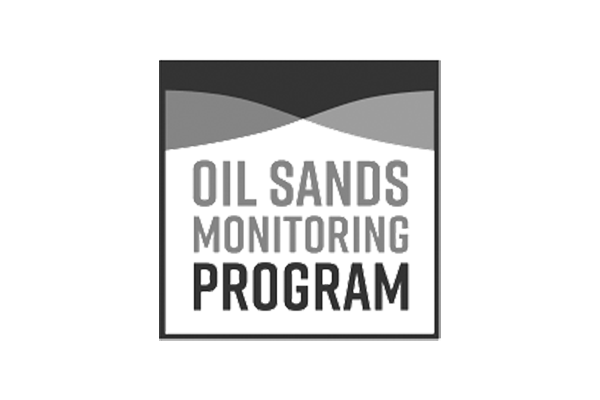Discover ABMI Data & Tools
Data Toolbox
Quick access to our data products and online reports.
Discover ABMI Data & Tools
Quick access to our data products and online reports.
Summary information about aquatic invertebrate is under development.
Raw data are available for download at: ABMI Species and Habitat Data.
 Photo Credit: R. Hinchliffe
Photo Credit: R. Hinchliffe
Some aquatic invertebrate populations, such as the Daphnia sp. pictured, can reach extremely high densities, with thousands to tens of thousands of individuals per cubic metre.
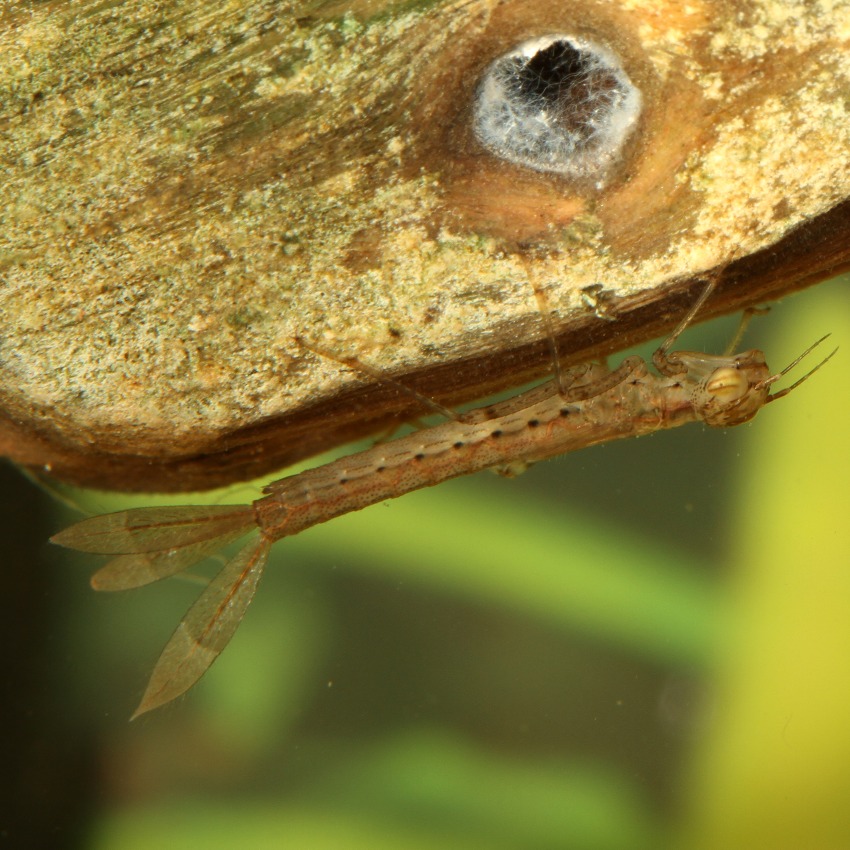 Photo Credit: R. Hinchliffe
Photo Credit: R. Hinchliffe
A damselfly (Enallagma sp.) larva lying in wait for unsuspecting prey to venture too close.
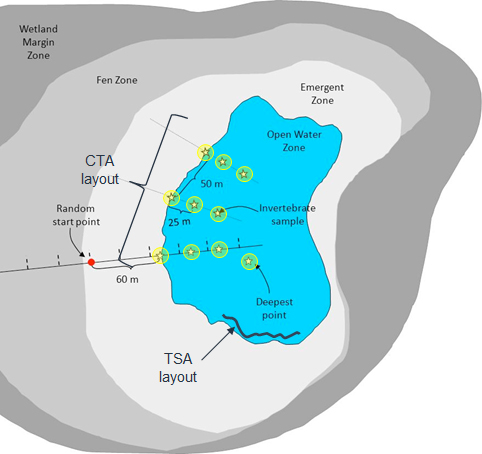
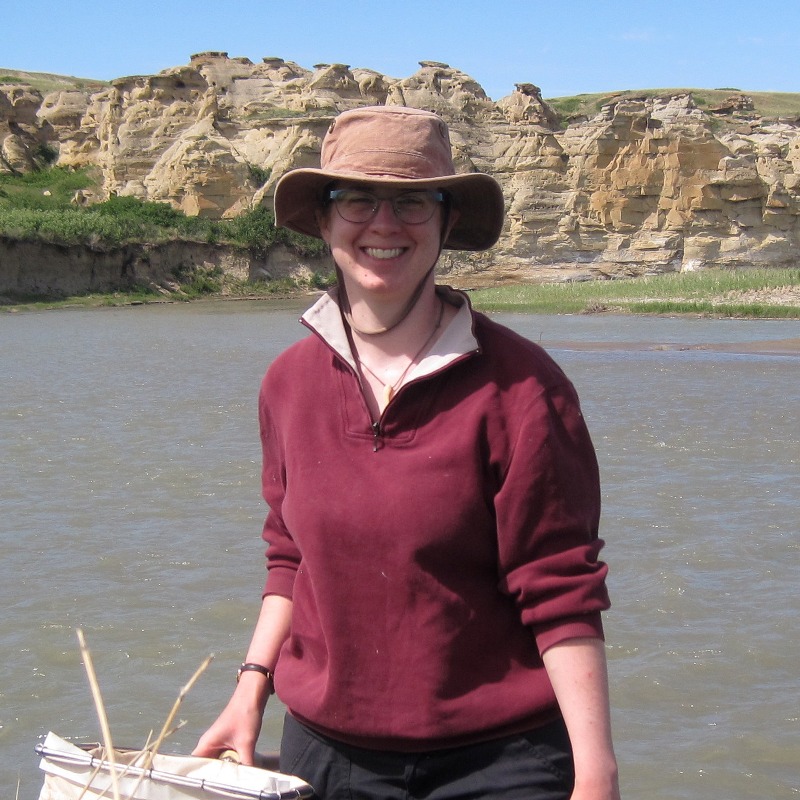
Aquatic Invertebrate Taxonomist
Cheryl started her role as an aquatic invertebrate taxonomist for the ABMI in 2014 after developing a passion for invertebrates in university. Cheryl specializes in aquatic chironomid larvae identification.
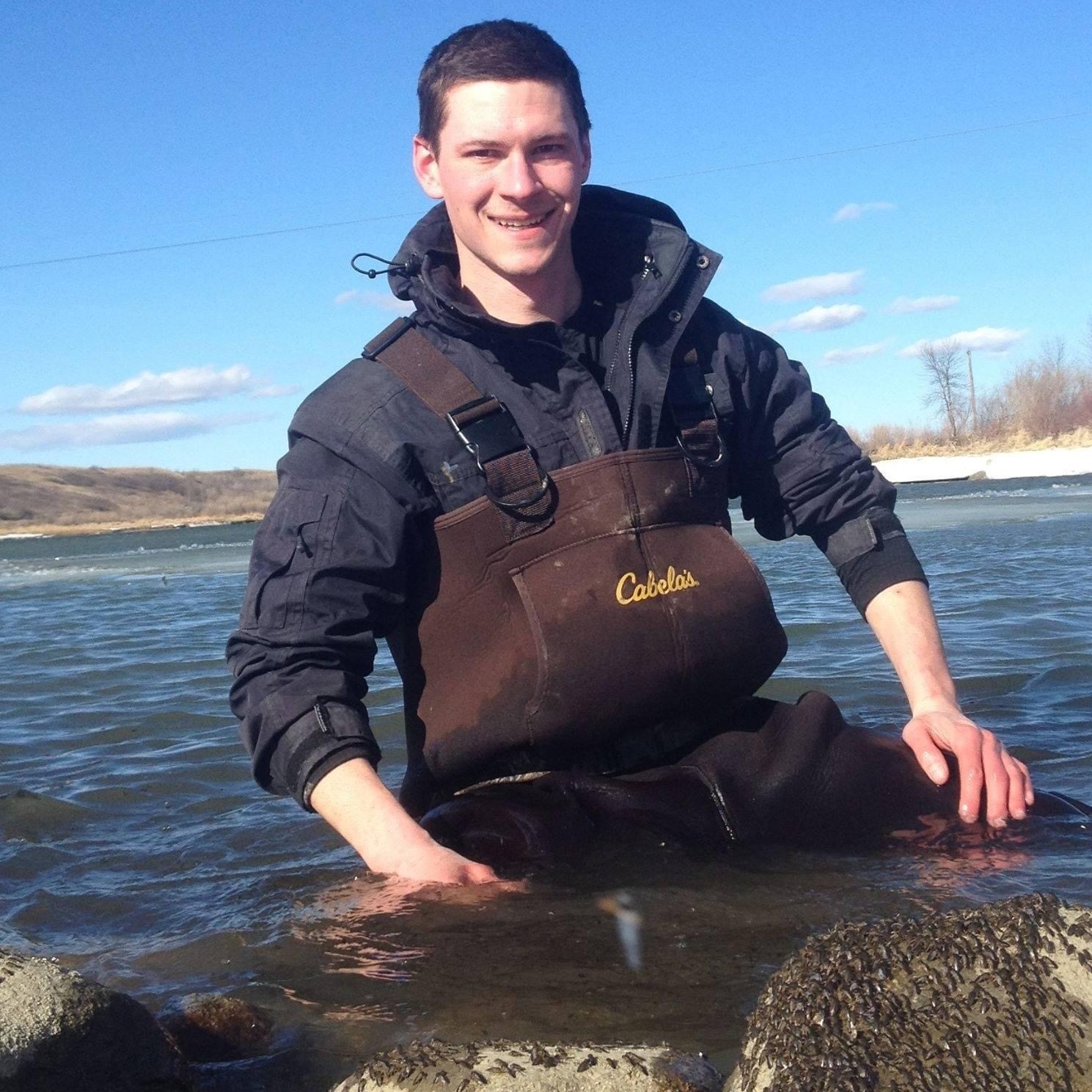
Aquatic Invertebrate Taxonomist
Stephen has been working as an aquatic invertebrate taxonomist with the ABMI since 2023. He hails from Saskatchewan, where he first became fascinated with the abundance and diversity of aquatic invertebrates supported by wetlands, and how these ecosystems are connected to a broader food web across the landscape.
If you have questions about the ABMI's aquatic invertebrate monitoring program, please get in touch: abmiinfo@ualberta.ca.
Alberta Biodiversity Monitoring Institute. 2019. Wetland field data collection protocols (abridged version) 2019-07-02. Alberta Biodiversity Monitoring Institute, Alberta, Canada. Report available at: https://www.abmi.ca/home/publications/501-550/548
Alberta Biodiversity Monitoring Institute. 2015. Processing aquatic invertebrates, 2015-07-23. Alberta Biodiversity Monitoring Institute, Alberta, Canada. Report available at: https://www.abmi.ca/home/publications/351-400/396
Aquatic invertebrate specimens are identified to family or genus level using the following resources:
Merritt, R.W., K.W. Cummins, and M.B. Berg. 2019. An introduction to the aquatic insects of North America, 5th ed. Kendall Hunt Publishing, Dubuque, Iowa, United States.
Thorp, J.H. and D.C. Covich. 2016. Freshwater invertebrates, volume II, keys to Nearctic Fauna, 4th ed. Academic Press, Cambridge, Massachusetts, United States.
Other resources used to confirm genus identifications and identify specimens to species include:
Larson, D.L., Y. Alaire, and R.E. Roughly. 2000. Predaceous diving beetles (Coleoptera: Dytiscidae) of the Nearctic Region, with emphasis on the fauna of Canada and Alaska. NRC Research Press, Ottawa, Ontario, Canada.
Tennessen, K.J. 2019. Dragonfly nymphs of North America. Springer Nature, Cham, Switzerland.
Westfall, M.J. and M.L. May. 2006. Damselflies of North America. Scientific Publishers, Gainesville, Florida, United States.
Wiggins, G.B. 1996. Larvae of the North American caddisfly genera (Trichoptera), 2nd ed. University of Toronto Press, Toronto, Ontario, Canada.
Other groups are identified to species using resources from the primary literature, and “in-house” identification keys including the following:
Hinchliffe, R.P. 2019. Haliplidae of Alberta (Version 1.0). Alberta Biodiversity Monitoring Institute, Edmonton, Alberta, Canada. Available here: https://www.researchgate.net/publication/379506861_Haliplidae_of_Alberta_2019_V10
For more information on identifying aquatic invertebrates, contact us at abmiinfo@ualberta.ca
Raw data are available for download: ABMI Species and Habitat Data
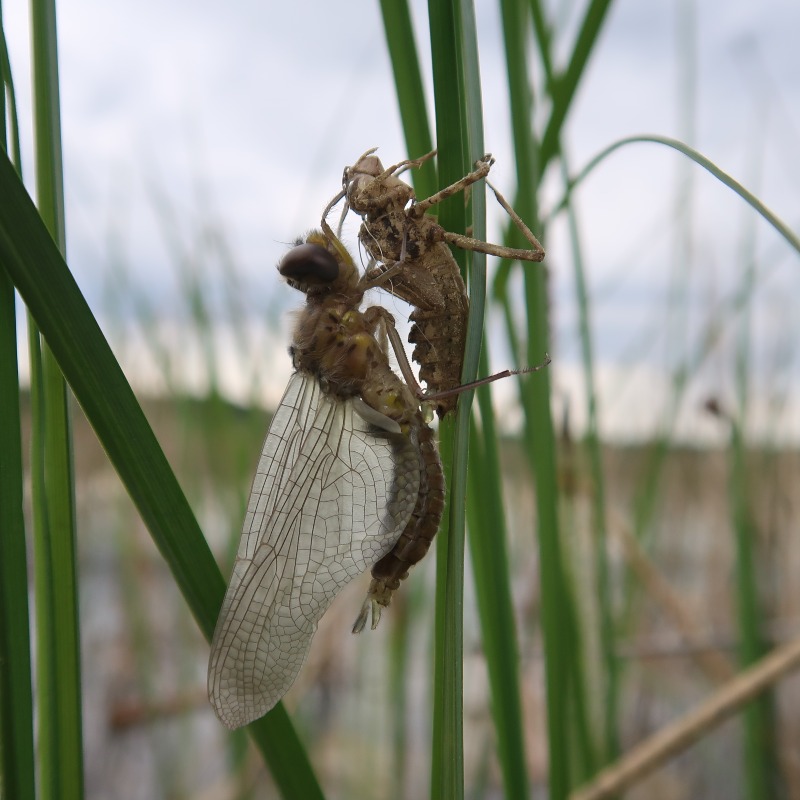
A newly emerged adult Spiny Baskettail dragonfly (Epitheca spinigera).
Hinchliffe, R.P., C. Tebby, and T.P. Cobb. 2019. First recorded co-occurrence of Valvata lewisi Currier, 1868 and Valvata lewisi ontariensis Baker, 1931 (Gastropoda: Valvatidae) from Alberta, Canada, with notes on morphometric and genetic variability. Canadian Field-Naturalist 133(3): 189-192. https://doi.org/10.22621/cfn.v133i3.2237
Lapierre, A., R. Hinchliffe, C. Tebby, C., and T. Cobb. 2019. New record of Neohaemonia melsheimeri (Lacordaire, 1845) (Coleoptera: Chrysomelidae) from Alberta, Canada. The Coleopterists Bulletin, 73(2): 1-3. https://doi.org/10.1649/0010-065X-73.2.440
Lapierre, A., R. Hinchliffe, C. Tebby, C., and T. Cobb. 2021. New records of water boatman (Hemiptera: Corixidae) from Alberta, Canada. Entomological News, 129(5): 522-528. https://doi.org/10.3157/021.129.0506
Tebby, C., R. Hinchliffe, and T. Cobb. 2019. New waterboatman record for Alberta, Corisella inscripta (Hemiptera: Corixidae). Entomological News, 128(4): 407-409. https://doi.org/10.3157/021.128.0414
ABMI wetland video
ABMI webinar

.png)


